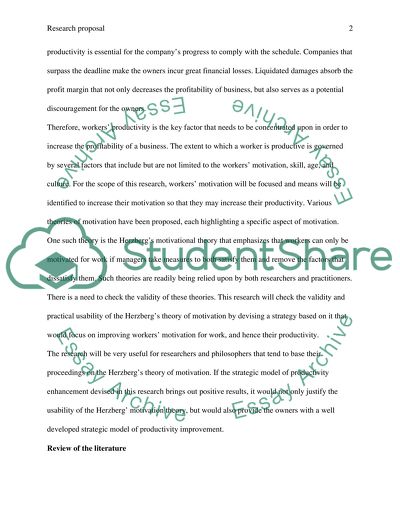Cite this document
(“To study the relations between satisfying and dissatisfying factors Research Proposal”, n.d.)
Retrieved from https://studentshare.org/gender-sexual-studies/1407535-to-study-the-relations-between-satisfying-and
Retrieved from https://studentshare.org/gender-sexual-studies/1407535-to-study-the-relations-between-satisfying-and
(To Study the Relations Between Satisfying and Dissatisfying Factors Research Proposal)
https://studentshare.org/gender-sexual-studies/1407535-to-study-the-relations-between-satisfying-and.
https://studentshare.org/gender-sexual-studies/1407535-to-study-the-relations-between-satisfying-and.
“To Study the Relations Between Satisfying and Dissatisfying Factors Research Proposal”, n.d. https://studentshare.org/gender-sexual-studies/1407535-to-study-the-relations-between-satisfying-and.


